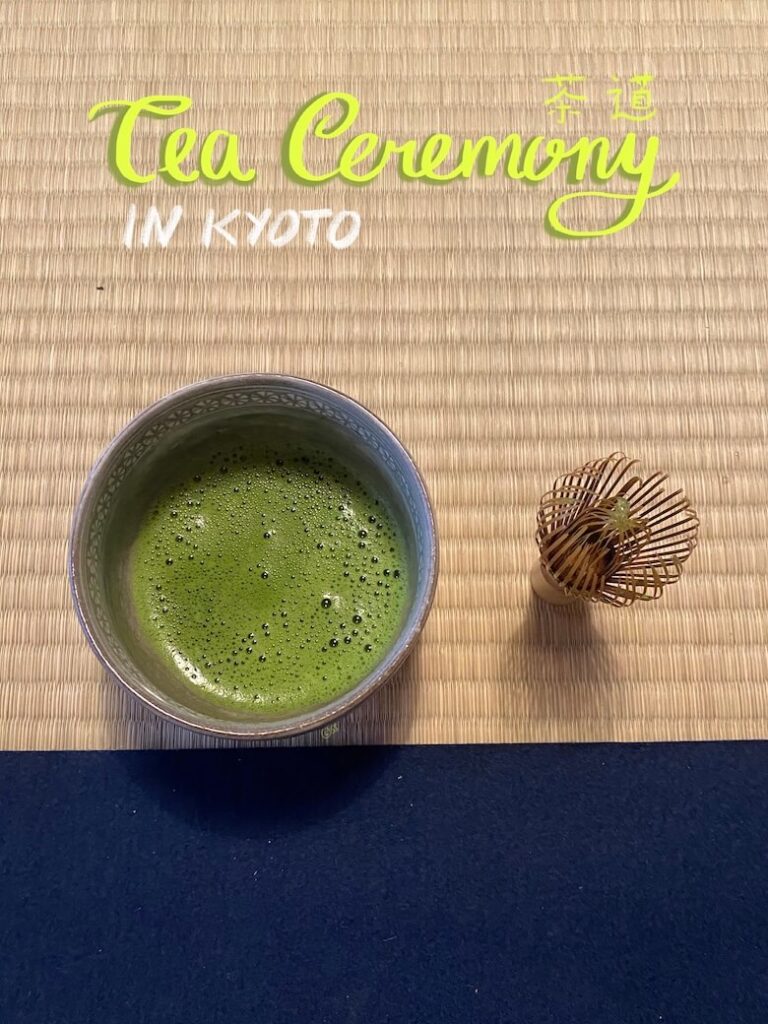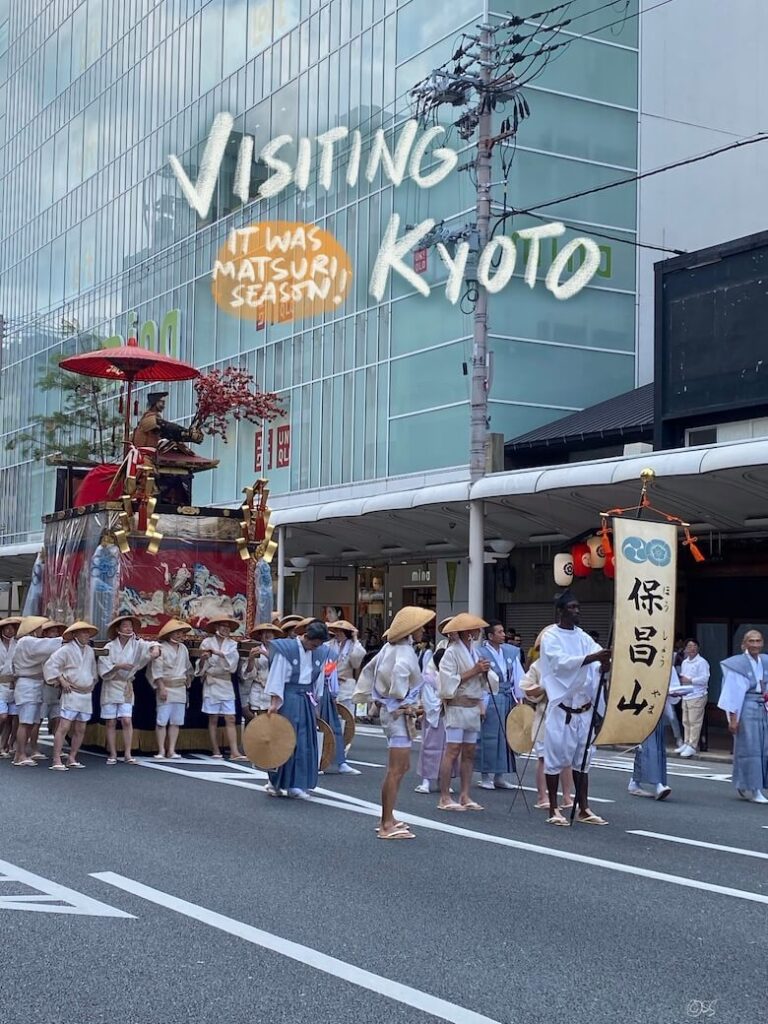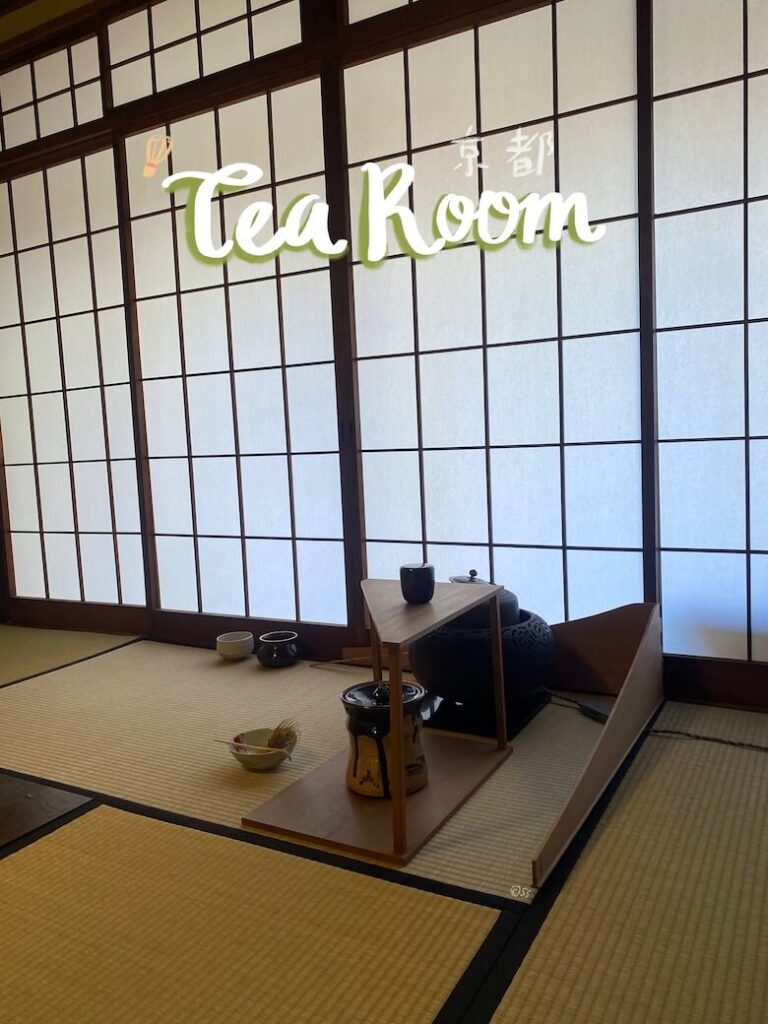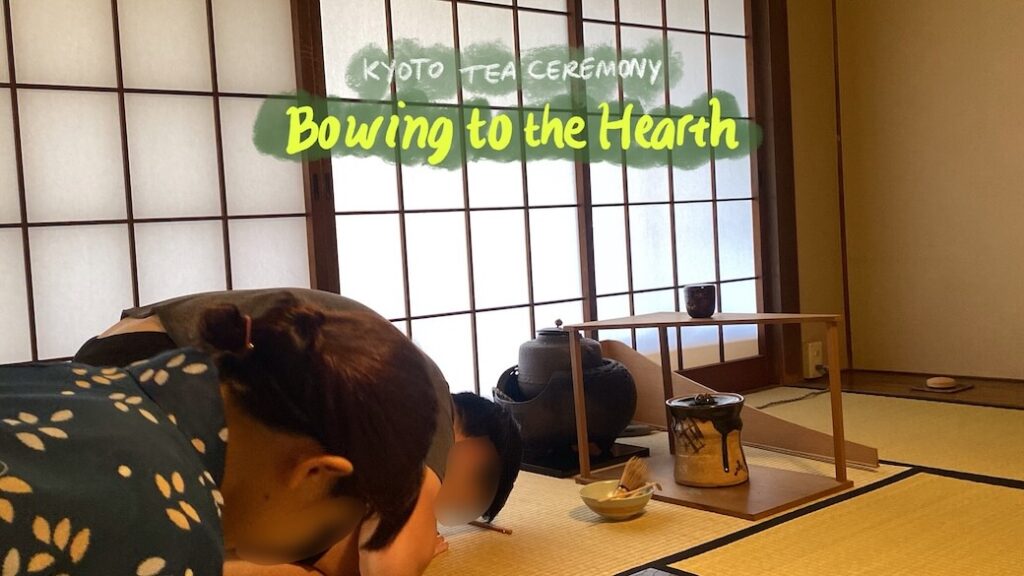Estimated reading time: 7 minutes
Do you want to learn the way of tea, but you are also horribly impatient? Does waiting for the red light and slow drivers make your teeth itch? Are you even wishing that I’d get straight to the point here?

Impatience and Japanese tea ceremonies are not the greatest mix, I’m afraid, but not to worry- I found the perfect Kyoto tea ceremony experiences for you!
Table of contents
Visiting Kyoto

Kyoto has long been known as the capital of traditional Japanese cultures. From geishas, ancient temples, to the tea culture- this city is where you go to experience rich history and real cultural experience. For first time visitors, Kyoto offer tea ceremony class, beautiful kimono rentals, and tours with local guide for foreign tourists. Don’t forget about the Nishiki Market to purchase your very own tea bowl and tea utensils. This way, you can make your own matcha tea at home!
As far as cultural experiences go, a traditional Kyoto tea ceremony is one of the most sought after. It can last from 45 minutes up to 4 hours! It is done in slow movements with meticulous attention to every detail- see what I mean? Or you can look at it another way; it is a great opportunity to cultivate endurance and patience 🧘♀️
Anyways, here are the tea ceremony options in Kyoto I recommend! All experiences are available in English.
Premium Option: Geisha Tea Ceremony
Maiko-ya offers an authentic geisha tea ceremony experience in the Gion and Nishiki area, with a 45 minute duration. Gion is where Kyoto’s geishas reside and work- and they are also available to lead a special tea ceremony! The regular experience here is 1.5 hours to 2 hours long, but the above option is more time efficient. The geisha tea ceremony experience includes a show and cost $84 per person.
Traditional Option: Sakaguchian
This tea ceremony experience is in a traditional house, and it is surrounded by a beautiful Japanese garden. Located by the Kiyomizu-dera Temple, you can take the bus then walk 10 minutes to the teahouse. Bonus points to being able to sightsee along the way!
The duration is 45 minutes, and you get to drink 2 cups of matcha tea and eat traditional Japanese sweet. The Sakaguchian experience cost $43 per person, and book in advance because their slots do fill up fast!
Cost Effective Option: Ju-An Kyoto
Another tea ceremony experience I personally recommend is at Ju-An Kyoto. Be forewarned that it is 70 minutes long! It is located in the Jotoku-ji Temple, a 10 minute bus ride from the Kawaramachi Sanjo area of Kyoto. The tea master will educate visitors on the history of the tea ceremony tradition, how to create the perfect foamy bowl of matcha, and a leisurely Q&A time. You can pick a traditional sweet to enjoy with your tea as well! This experience cost $24 per person, and it does sell out fast as well- you’d need to book in advance.
Did you know? 🍵
You have to sit on the floor in a tatami room! The traditional way is in a kneeling position, but you can do it crosslegged if that is more comfortable to you.
Personal Pick: Ami Kyoto

I was short on time and needed a budget friendly experience, and my pick went to Ami Kyoto. Though I enjoyed my experience, I would’ve picked the above; let me tell you why.
I found them on Airbnb Experience, and booked for $30 per person. They are located a little out of our way at the Shimogyo area, around 20 minutes by bus from Kawaramachi. After a little walk from the bus station, I entered the traditional Japanese house (machiya) where we’ll have the ceremony. The friendly tea ceremony instructors greeted us and signed us in, allowing us to sit on the tatami mats to get comfy. There were 8 people in our experience at the time, and we had to wait until everyone arrived.
My group session experience

As someone who has never learned deeply about the Japanese culture, the private tea ceremony really introduced me to a new world. It’s not just drinking tea in a bowl on tatami room- it’s an art form, a cultural play about the way of life.
First, the tea master did a traditional Japanese tea ceremony tour and explained the tea ceremony etiquette. Every single tea utensil and room décor has its own meaning! There is the proper way to enter a room, to admire the decorations in the alcove, and to prepare the tea itself. They lovingly care for and respect each utensil, and each gesture is thoughtful in every way. Every gaze counted, and she used precise hand movements to ensure the highest quality bowl of matcha tea.
”Tea is best prepared with non-boiling water, that is why we put in a scoop of cold water into the kettle to bring the temperature down,” explained the tea master.
Each detail truly made up an unforgettable experience.
After the tea master’s demonstration, 5 of the guests (including me!) were able to practice as the host. We entered the room on our knees, gazed at the wall calligraphy, and bowed plenty of times.
Then the tea master started the ceremony, brewing a cup of tea for the guest of honor herself, then for the rest of us. We whisked the matcha powder and the boiling water together, resulting in a refreshingly grassy, tasty bowl of tea.
An assistant went around distributing traditional Japanese sweets (wagashi). That day, I tasted the red bean jelly called yokan. Its subtle sweetness perfectly complimented the matcha. It astounds me how a cup of tea can have so much meaning.
I wish I chose this teahouse instead 😥
Now if I had to plan my trip over again, I would’ve chosen the Sakaguchian experience! The location is simply stunning, and I would love to soak in the exquisite surrounding. The Q&A session is also highly praised, and I would’ve love to have the time to learn more.
Though it was a compact and pleasant experience, I felt like the Ami Kyoto experience ended a little abruptly. Let me know which one you decide to choose!
History of Traditional Tea Ceremony (Patience Needed)
In Japanese culture, tea ceremonies are reserved for special occasions only. After the popularization of tea in the Muromachi period, the common people finally get to enjoy tea. These days, regular people drink loose leaf tea (sencha) on the daily, but matcha powder is for formal ceremonies only. This special tea is produced in a covered tea plantation, resulting in green, antioxidant-rich tea powder. Read more about the different kinds of teas in my Uji tea museum experience.
We cannot talk about the history of Japanese tea ceremony without a little detour into Zen Buddhism. Tea ceremony is a form of meditation, with an emphasis on the value of Tranquility (jaku). It used to be exclusively for elite samurai, Zen Buddhist monk, and the traditional experience is for hours, including a kaiseki meal.
Truthfully, this meditational practice is very beneficial in cultivating patience! It certainly is a dedicated craft with
If you are planning your trip to Japan, read on about the Nara day trip experience and see if this viral Tokyo donut shop is worth the hours-long wait!

2 comments on “Tea Ceremony Experience in Kyoto for Impatient People”